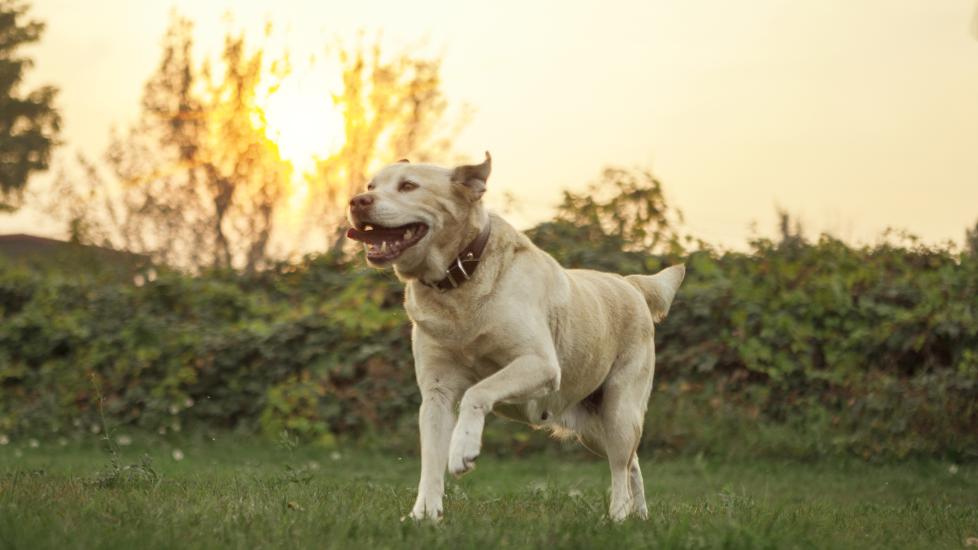Introduction:
Dogs are known for their boundless energy and love for physical activity. However, not all canine companions respond the same way to vigorous exercise. Exercise-induced collapse (EIC) is a condition that affects certain breeds of dogs, primarily during strenuous activities or competition. This article aims to shed light on this complex phenomenon, its symptoms, potential causes, diagnosis, treatment options, and preventive measures. By understanding EIC, dog owners can ensure they provide the best care possible for their beloved pets.
What Is Exercise-Induced Collapse?
EIC is characterized by an acute episode of muscle fatigue and weakness that typically occurs after intense exercise. Affected dogs may initially show signs of weakness, such as difficulty standing or walking, before collapsing entirely. The condition is often seen in young, otherwise healthy dogs and can be hereditary in some cases. Breeds commonly affected include Labrador retrievers, golden retrievers, Irish setters, Vizslas, and weimaraners.
Symptoms:
The onset of EIC is usually gradual, with early warning signs including slight wobbling, reluctance to continue exercising, and a temporary inability to stand or walk normally. As the condition progresses, the dog may experience more severe episodes leading to complete collapse. Recovery times vary but can sometimes take several hours.
Potential Causes:
Genetic predisposition appears to play a significant role in EIC development. Mutations in the DNM1 gene have been associated with the disorder in certain breeds. Other factors that might contribute to EIC include heat stress, dehydration, electrolyte imbalances, overheating, and underlying metabolic disorders.
Diagnosis:
A veterinarian will conduct a thorough examination of your pet, which may involve taking a family history, performing a neurological exam, and possibly running genetic tests if indicated. Blood work and other diagnostic tools like electromyography (EMG) may also help rule out other conditions with similar symptoms.
Treatment Options:
There is no cure for EIC; however, management strategies can help reduce the frequency and severity of episodes. These include moderate exercise programs tailored to the individual dog’s abilities, ensuring adequate rest periods between workouts, maintaining proper hydration and nutrition, and avoiding high temperatures when exercising outdoors. In some instances, medications designed to support muscle function may be prescribed.
Prevention:
Breeders should screen breeding stock for the presence of the DNM1 mutation using available DNA testing services. Pet owners should consult with their veterinarians about appropriate preventative measures based on their dog’s specific situation. Early recognition and intervention can greatly improve both the quality of life and longevity of dogs suffering from EIC.
Conclusion:
Exercise-induced collapse is a serious concern for dog enthusiasts and breeders alike. It requires careful monitoring, lifestyle adjustments, and professional guidance to manage effectively. By being aware of the risks and working closely with veterinary professionals, dog owners can help their furry friends live happy, active lives while minimizing the chances of EIC episodes.
